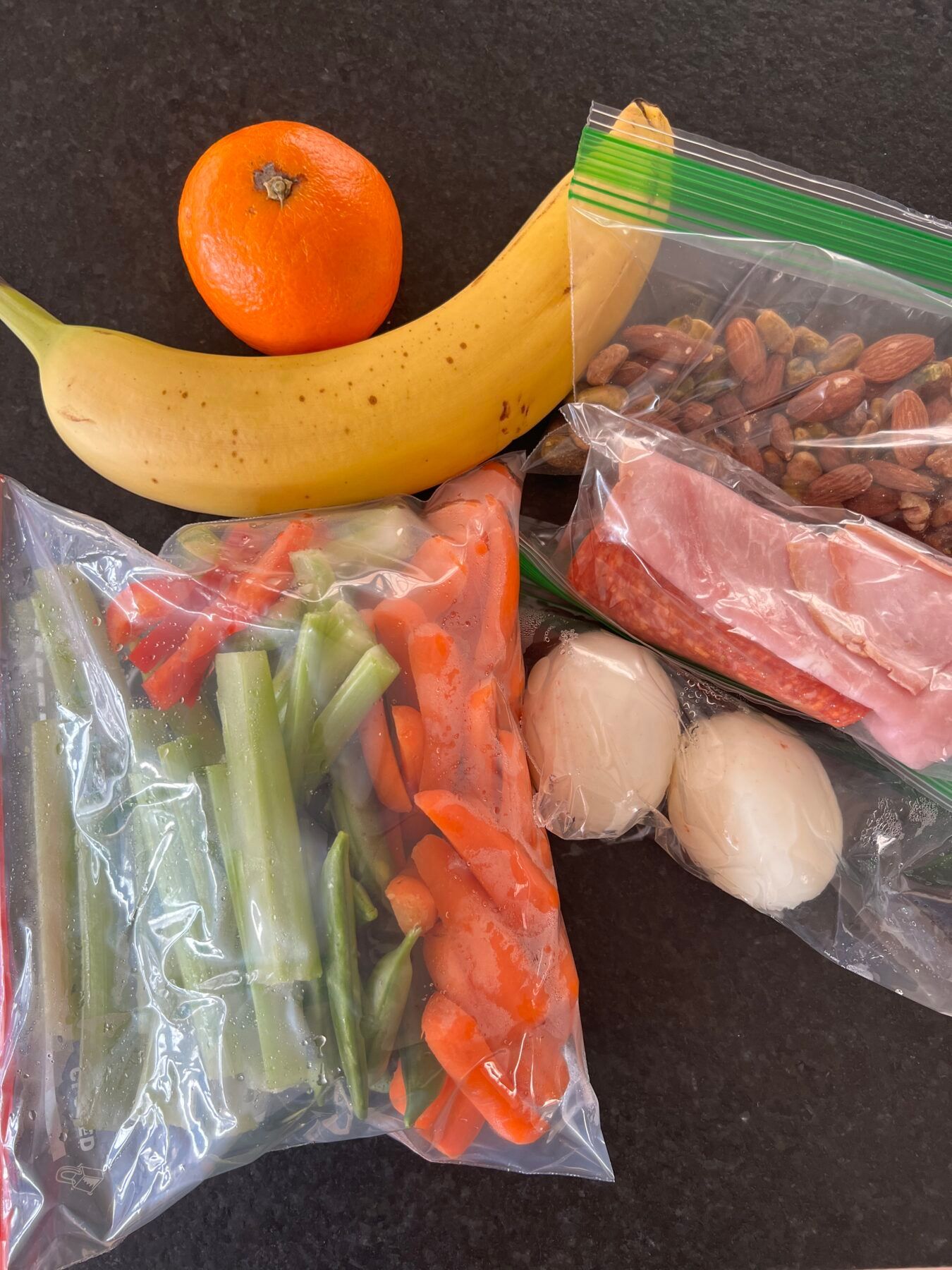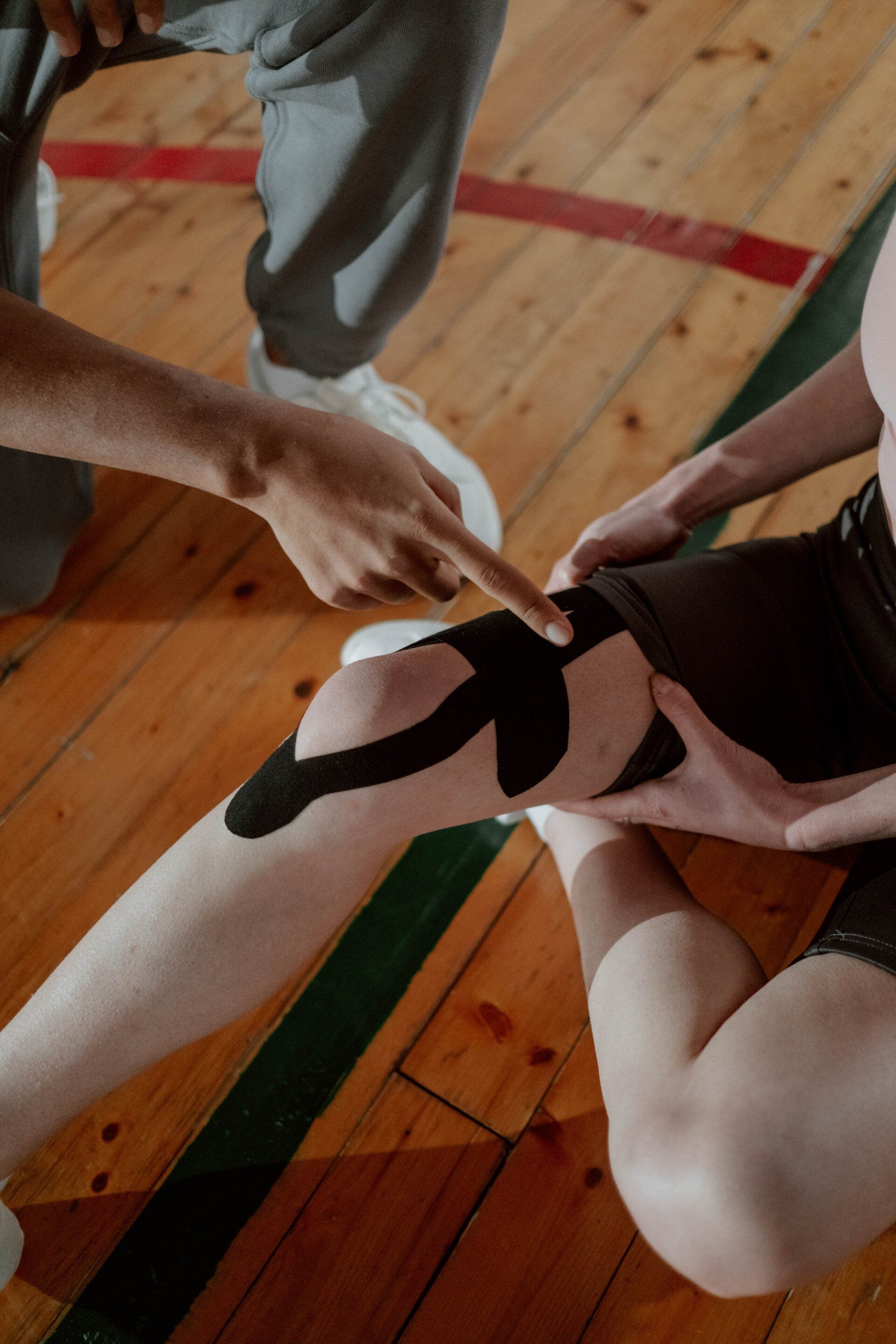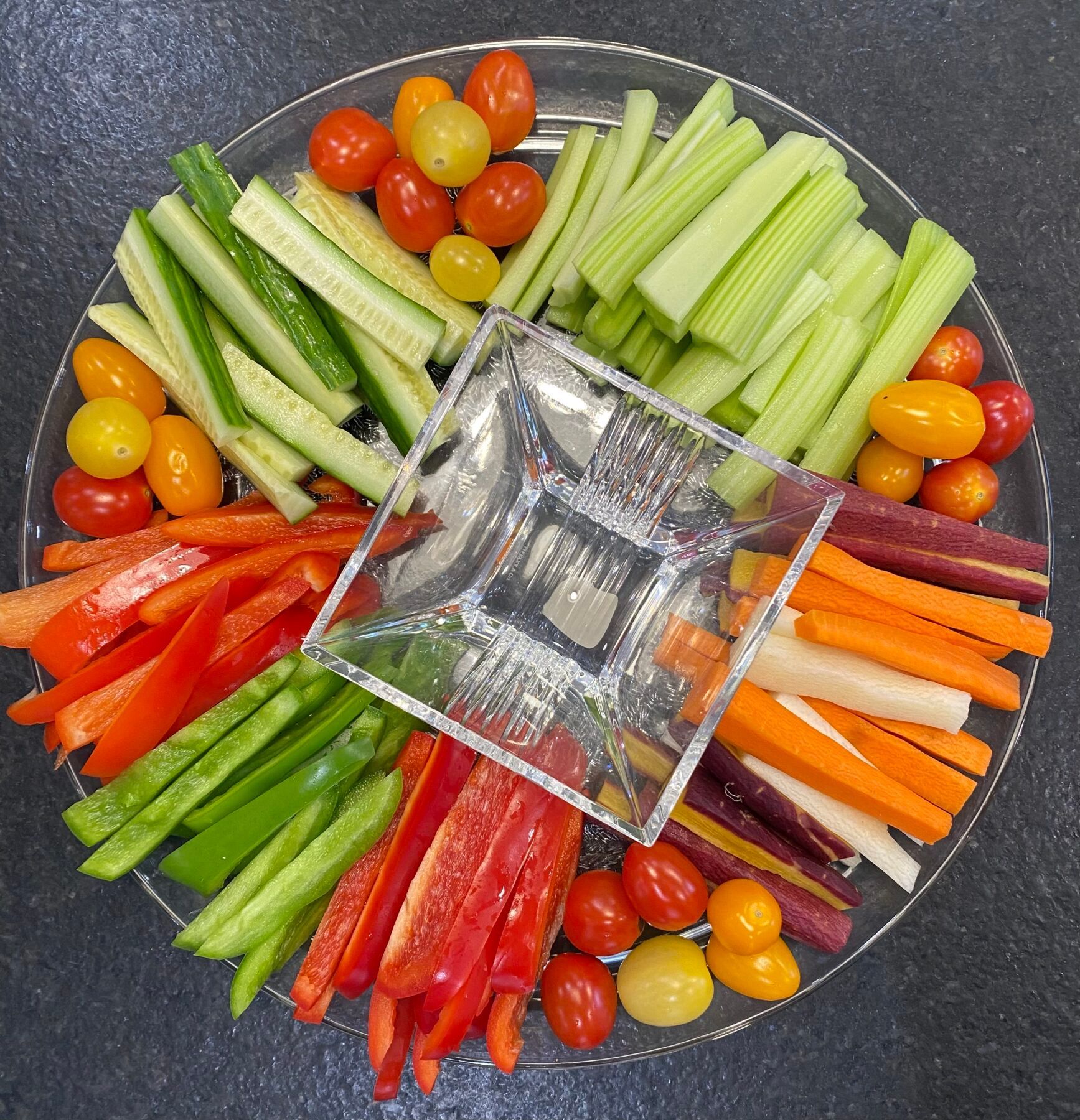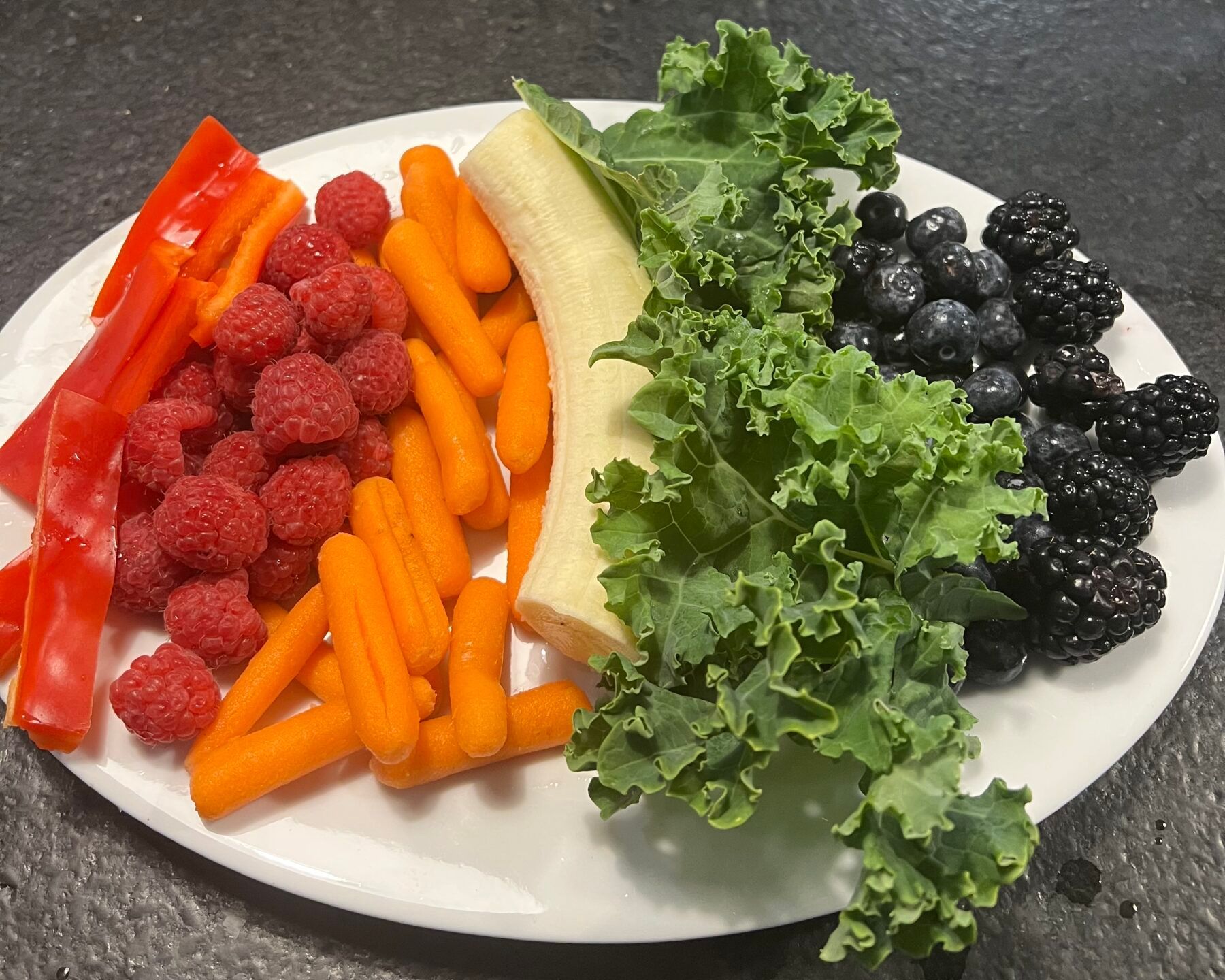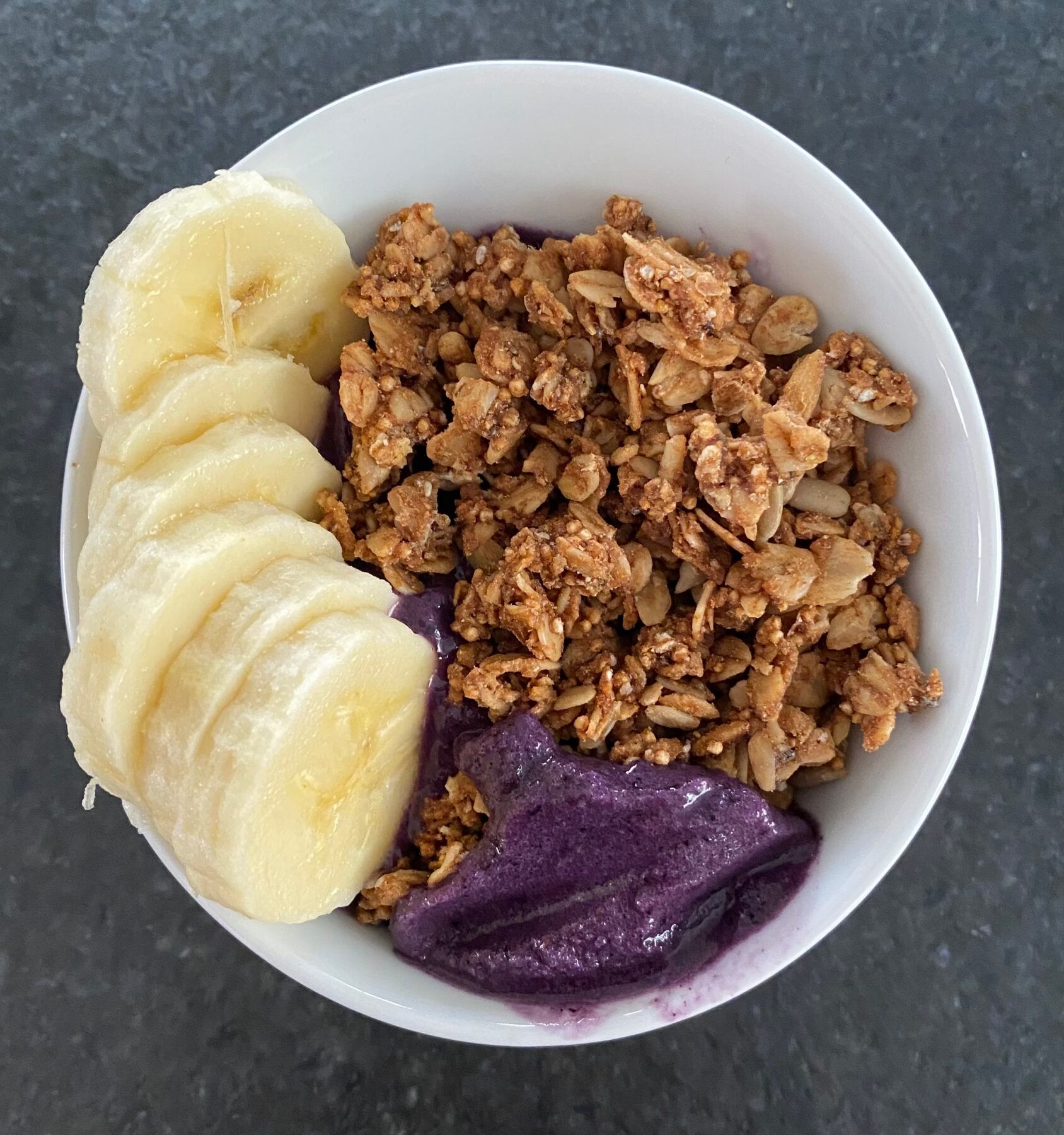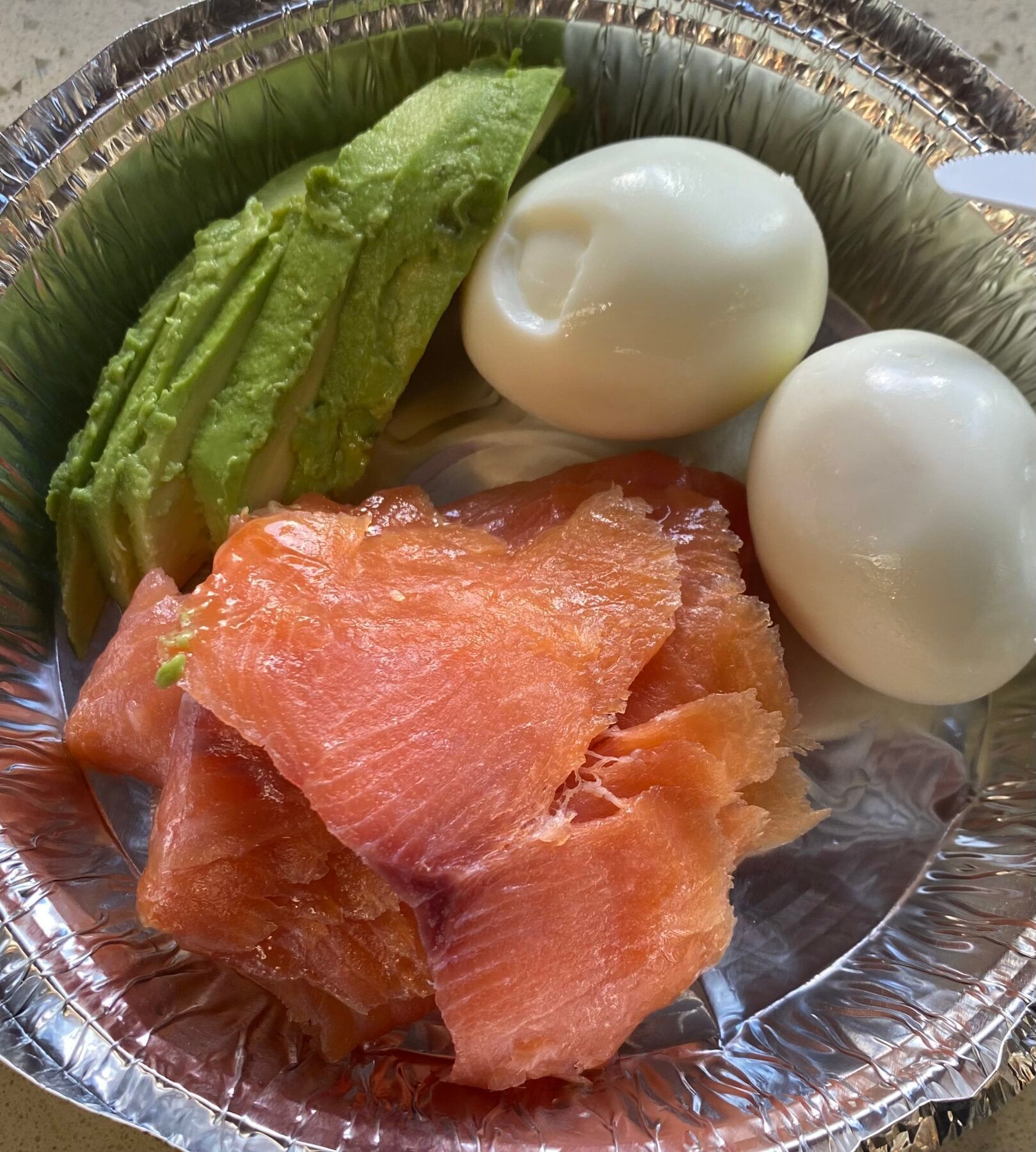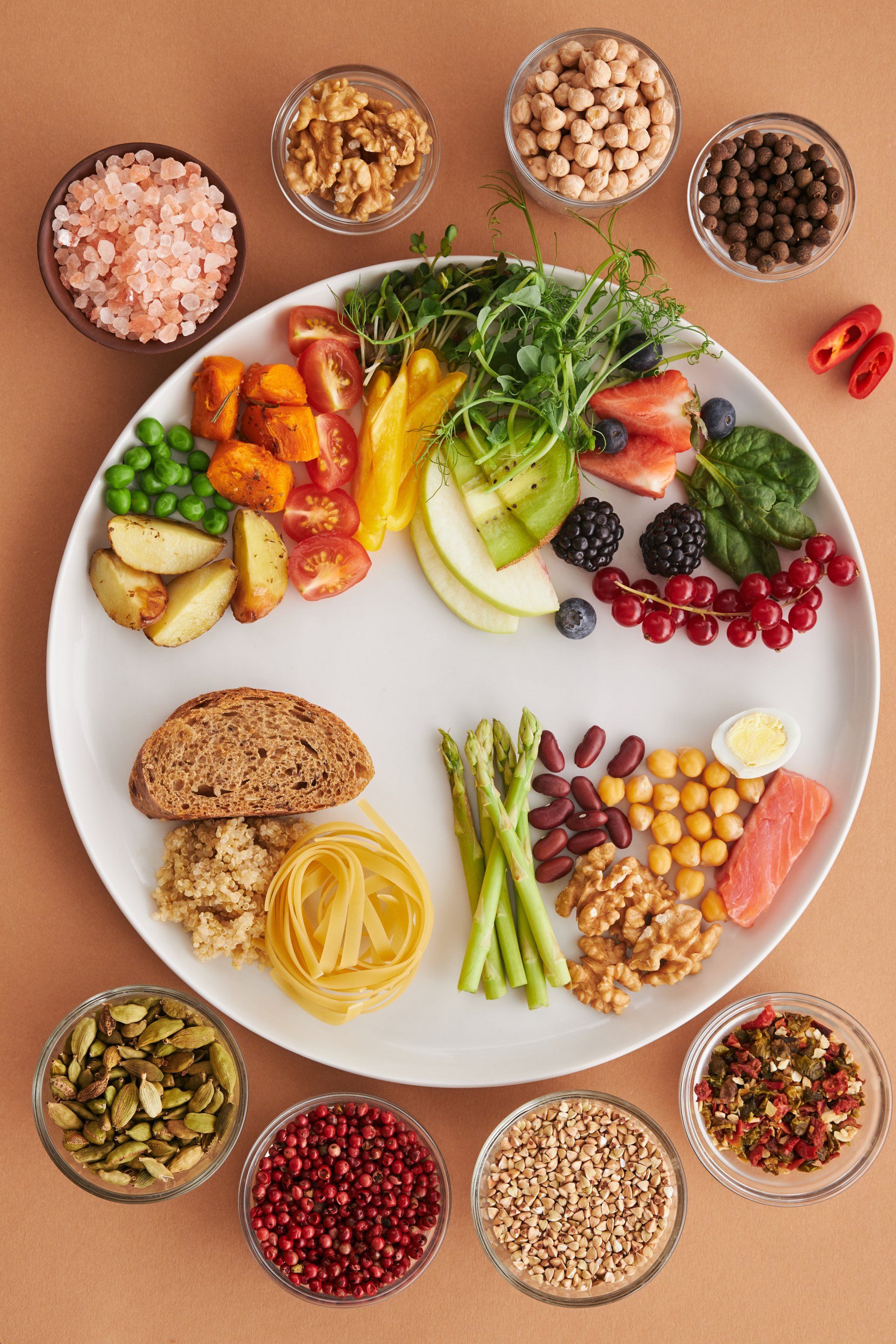Macro #3 – Fat Makes Our Food Taste Yummy
Now let’s move on to fat, our 3rd and final macro. Once a myth that it would clog your arteries and make you fat. Fat is needed by the body for normal growth and development, energy and absorption of fat soluble vitamins (A, D, E, K). Fat provides cushioning for organs, maintains cell membranes, insulates the body and protects it from shock, and used to make hormones. That’s a lot of benefits and necessities!
Fat is typically found in meat, poultry, nuts, dairy, tropical fruits, butter, oils, lard, fish, and grains. There are 3 forms of fat: 1. Saturated – found mostly in animal products, solid at room temperature (butter, skin on meats, beef fat), 2. Unsaturated – found mostly in plant products (oils), 3. Trans-fats – unsaturated fats that have been hydrogenated to turn them into a form more similar to saturated (i.e margarine).
The USDA states that our diets should contain about 20-30% of calories from fat. This is the only macro where the USDA recommends the same as an athletic trainer would recommend. Remember that each gram of fat equals 9 calories so they definitely add up faster than the other macros and on the plate. So overall you would eat those in smaller quantities or included with your proteins.
An avocado has ~300 calories and ~28 grams of fat. That would equate to almost 20% of fat on a 2,000/day calorie diet. A tablespoon of peanut butter has about 94 calories and 8 grams of fat, and an ounce of almonds or about 23 almonds is 164 calories and 14 grams of fat. For me that adds up quickly as I can eat a handful of almonds in a quick minute. So be mindful of what you are consuming while you balance and get it all in for the day.
A recent article in the Science Focus states “Despite scientists’ growing understanding of the importance of fat, high-protein and extremely low-fat diets are still all the rage as people obsess over shedding fat at all costs. But ultra-low fat diets, where fewer than 10 percent of a person’s calories come from fat, are not very healthy in the long term.”
Now that you know what macros are and how they are calculated, you can make wiser decisions about your meals and understand the balance you eat each day or in a week. While the recommendations are helpful, they don’t account for activity or physical or health goals. My suggestion is work toward a healthy balance each day. I try to eat about 30% protein, 50% carbs, and 20% fat. The reality is on most days I’m probably 20% protein, 40% carbs, and 40% fat, but it’s good to have goals ;).
I don’t track to perfection, but the protein helps with muscle development and maintenance and the fat and carbs help with my energy, sleep, and gut health. I tend to eat nuts and seeds so my fat will be higher than my carbs many days. I also omit dairy and gluten from my diet as they don’t agree with me. Everyone will be a bit different so listen to your body and look for balance.
One final note on labels of food, keep in mind that the calories on the labels are not necessarily accurate and there are ways to fudge the system. If a packaged food has added fiber, those fiber grams are deducted from the carb grams since they aren’t absorbed. So if you’re trying to figure out calories based on a package, the math for grams times the macro count may not add up. Food manufacturers want to keep the calories at a minimum especially that they are required to label them and enlarge the overall calories per serving.
As we age, the balance is even more important so we maintain or grow muscles while having all the energy we need. I recommend to experiment based on your goals and find what works for you which may not be the same as your partner or friends. That’s ok too.
The post Macro #3 – Fat Makes Our Food Taste Yummy appeared first on CrossFit Wilmette.
